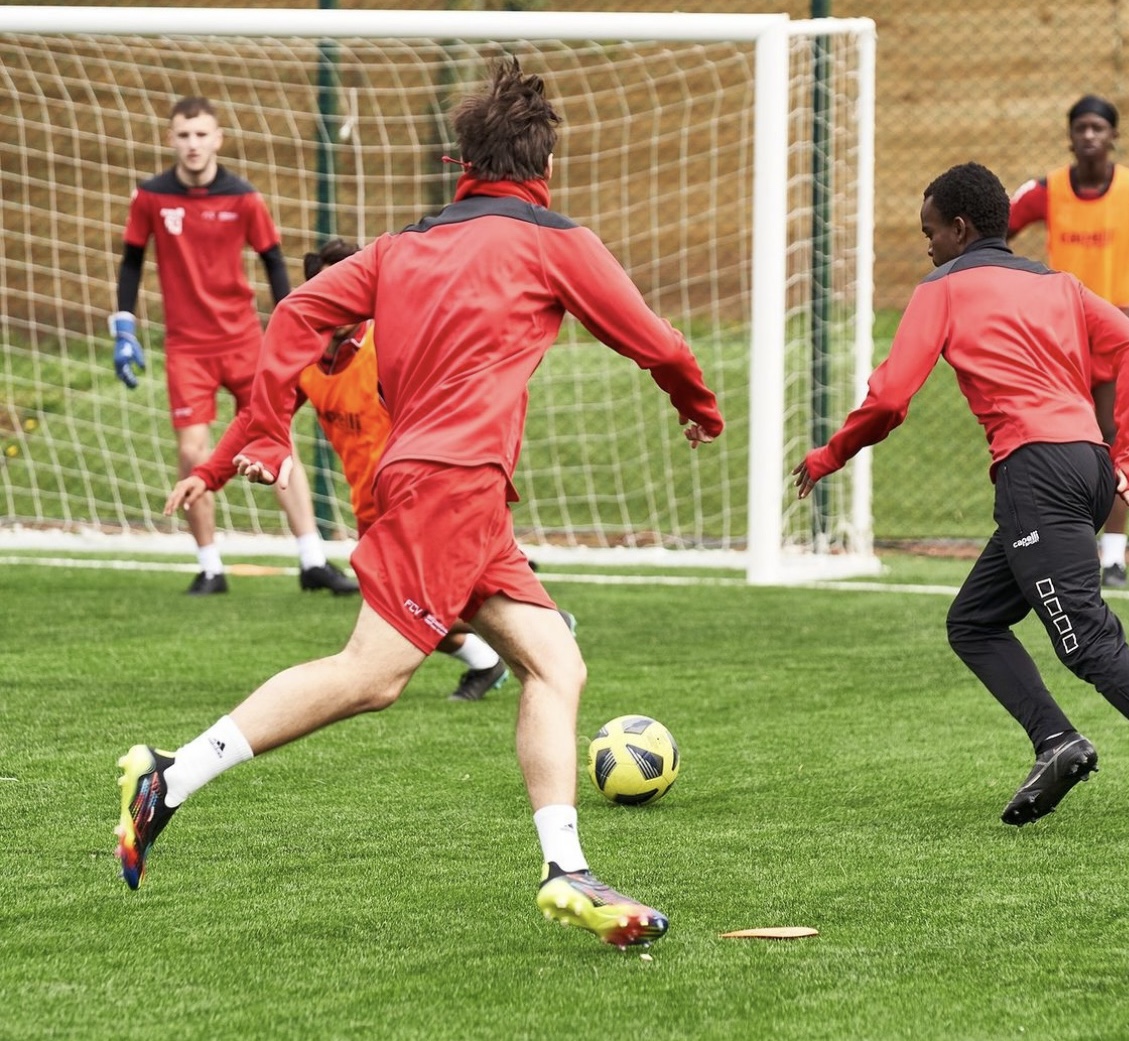In the first week of February 2025, two key cup matches highlighted something that’s becoming increasingly common in modern football — goals scored by centre backs. Virgil van Dijk found the net for Liverpool, while Harry Maguire did the same for Manchester United. These were not scrappy tap-ins — they were crucial goals that changed the shape of each game.
This tells us something important about the role of the modern-day centre back. The era of centre halves who never crossed the halfway line is long gone. Today, players in this position are expected to contribute far more than just solid defending. They’re often key to both phases of play — defending and attacking. A strong core, an excellent leap, positional awareness, and heading ability are vital for a centre back looking to make a real impact.
Just look at John Stones at Manchester City. He regularly steps into midfield, demonstrating how comfortable he is on the ball and how the game has evolved. Players like him are redefining traditional roles — and that’s a lesson every trialist should take on board.
At UK Football Trials, we want you to remember one thing: football is constantly evolving. Scouts are no longer simply looking for a ‘traditional’ winger, striker, or centre back. They’re searching for complete players — individuals who can adapt, think fast, and make an impact wherever they play.
When you attend a trial with us, there’s always a chance you’ll be asked to play in a different position than you’re used to. If the numbers don’t balance out, you may need to slot into a role you don’t usually play. This is not a setback — it’s an opportunity.
Let’s say you’re a central midfielder, but you’re asked to play at centre back. Don’t switch off. Use your awareness, composure, and passing range to play out from the back and demonstrate your ability to adapt. You never know — it might catch a scout’s eye.
Or maybe you’re a striker who’s placed on the left wing. Don’t drop your head. Instead, use your understanding of attacking play to create chances. If you’re right-footed, cut inside and have a go from distance. Impress with your work rate and decision-making — and in the second half, when you’re moved back into your preferred position, you’ll already have shown key traits that could earn you a chance.
Scouts at our events take notice of how players react to challenges, how they communicate, and how flexible they are. So wherever you’re asked to play, give it your all. Versatility is a strength, and in today’s game, it might just be what sets you apart.
This tells us something important about the role of the modern-day centre back. The era of centre halves who never crossed the halfway line is long gone. Today, players in this position are expected to contribute far more than just solid defending. They’re often key to both phases of play — defending and attacking. A strong core, an excellent leap, positional awareness, and heading ability are vital for a centre back looking to make a real impact.
Just look at John Stones at Manchester City. He regularly steps into midfield, demonstrating how comfortable he is on the ball and how the game has evolved. Players like him are redefining traditional roles — and that’s a lesson every trialist should take on board.
At UK Football Trials, we want you to remember one thing: football is constantly evolving. Scouts are no longer simply looking for a ‘traditional’ winger, striker, or centre back. They’re searching for complete players — individuals who can adapt, think fast, and make an impact wherever they play.
When you attend a trial with us, there’s always a chance you’ll be asked to play in a different position than you’re used to. If the numbers don’t balance out, you may need to slot into a role you don’t usually play. This is not a setback — it’s an opportunity.
Let’s say you’re a central midfielder, but you’re asked to play at centre back. Don’t switch off. Use your awareness, composure, and passing range to play out from the back and demonstrate your ability to adapt. You never know — it might catch a scout’s eye.
Or maybe you’re a striker who’s placed on the left wing. Don’t drop your head. Instead, use your understanding of attacking play to create chances. If you’re right-footed, cut inside and have a go from distance. Impress with your work rate and decision-making — and in the second half, when you’re moved back into your preferred position, you’ll already have shown key traits that could earn you a chance.
Scouts at our events take notice of how players react to challenges, how they communicate, and how flexible they are. So wherever you’re asked to play, give it your all. Versatility is a strength, and in today’s game, it might just be what sets you apart.



No Comments yet!